Riesling, known also as Rhine Riesling, is an old white wine grape variety, originating from the region of the Rhine and Moselle rivers in Germany. In Germany this variety takes up about 25% of all plantations - around 23 000 ha.
Riesling is also very common in numerous wine producing countries, such as France, Austria, Luxembourg, Italy, Hungary, Czech Republic, Romania, Switzerland, the US, Ukraine, Canada, Australia, New Zealand, South Africa, Argentina and others.
Even though it cannot boast of being as widespread as Chardonnay, Riesling is one of the most prized and important varieties for the wine regions of the northern hemisphere. Wines made from Riesling leave behind an unbelievable memory to anyone lucky enough to try them.
History of Riesling
The origin of Riesling, along with that of many of the older grape varieties, is lost in time. What is a proven fact is that in the long gone year of 1435, Riesling was grown in Rüsselsheim, Germany. Unfortunately, for centuries Riesling only brought disappointment to winegrowers.
Up until the 18th century, Riesling was considered a poor variety for wine production, which didn't deserve the land it took up or to be planted on its own. Riesling was given areas between other varieties, such as Gewürztraminer. The low opinion that winegrowers had of Riesling was due to the fact that it ripened as late as October and even November and was usually harvested last. The small round grapes of Riesling have need of a warm and long fall in order to collect the necessary amounts of sugar.
It was complete chance that brought Riesling out of the rows of the so-called mix planted grape varieties, which normally aren't expected to yield anything special. During the 18th century, monks who lived and worked their vineyards in a monastery near Johannisberg in the Rhine province began planting Riesling separately from the other varieties. Each fall, when the grapes ripened they would send samples via messenger to the abbot in Fulda to get his permission to begin the harvest.
In 1775, for reasons unknown, the messenger was late in his return to the monks. They desperately waited for him, while the grapes which were their main source of food began wrinkling and catching mold. Once the courier finally returned, the monks decided to separately harvest the green and almost spoiled grapes. They were beyond shocked in surprise when it turned out that they were getting the most unbelievable Riesling wine from the moldy grapes.
Characteristics of Riesling
According to many wine critics, Riesling is the best variety in the world for the production of white wine. When compared to the other candidate for the top spot - Chardonnay, Riesling has more character.
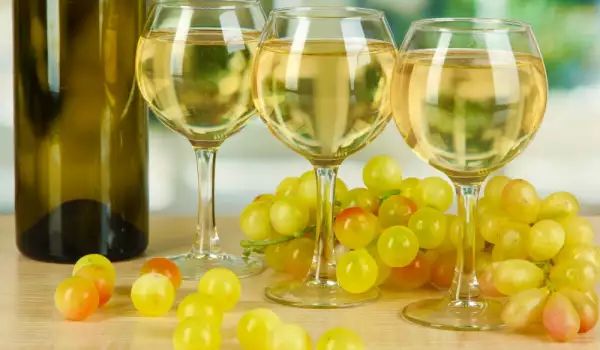
The grape of this variety is a chameleon by nature and rarely reveals the region where it was grown. It loves the steep slopes of hilly terrain, cool weather, but at the same time it needs the sun's warming rays with protection from the wind.
Because of Riesling's late budding, its early ripening and endurance to frost, Riesling thrives in some of the coldest wine growing regions.
The sugars and acids are the 2 factors that maintain the balance and harmony in a perfectly presented Riesling. Even the sweetest Rieslings possess a wonderful freshness which grants them an unbelievable potential for aging.
Riesling's ability to age is comparable to that of Burgundian white varieties. Another advantage to Riesling is that no matter where it's grown, it does not reach particularly high levels of grape sugar and wines higher than 11% ABV are rarely produced.
Depending on the age of the wine, the aroma varies from apple and gentle lemon tinges in the younger wines to peach, apricot, honey, mineral, nut and flower scents as they age. The secondary and tertiary aromas of this wine remind of banana, almond, wax and candied apricots.
Without a doubt, Riesling has a restrained yet crystal-clear distinctness and an unwavering elegance. Exuberant and delicate, Riesling is characterized by a multilayered and flexible body.
Riesling Around the World
In Germany, Riesling is common in all wine regions of the country, covering an area of around 23 000 ha or about 1/4 of the total vineyard areas in the country. Currently, Riesling is the most important variety for German wine growing.
Alsace in France is another undoubtedly significant region for Riesling production. There it occupies an area of 3000 ha and yields the best wines of that region.
In the US, Riesling plays a secondary role, where it has still not managed to gather a following. In South Africa, there are plantations with Riesling in the appropriate climate zones but so far a wine from there has not emerged on European markets.
In Austria, Riesling is represented by an area of about 1000 ha. Riesling areas in Australia take up about 500 ha. New Zealand, which has earned a reputation of creating especially high-quality white wines, also has significant plantations of this variety.
Serving Riesling
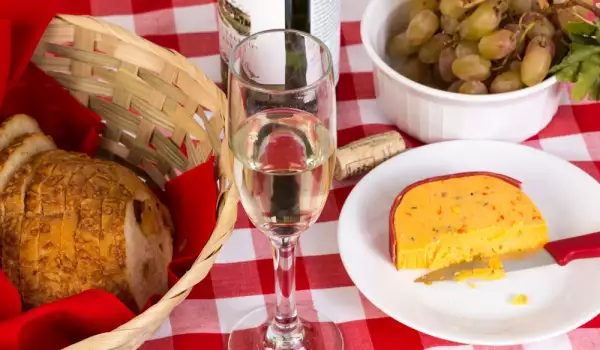
Riesling is a universal wine, whose fine balance of sugar and acidity allows it to be served with all kinds of dishes - meat, fish and vegetable.
Riesling is one of the few wines that make the perfect partner to the strong aromas of Eastern cuisine spices.
Riesling combines perfectly with cold appetizers, especially meat ones. This wine goes very well with different types of cheeses that are characterized by a more pungent aroma, such as Roquefort for example.
The aroma of blue mold cheeses complements the scent of this white wine excellently. Fish dishes are also a superb match for the refined taste of Riesling, as well as seafood appetizers.
Fresh fruits and fruit desserts are a fine addition to the fruit nuances that can be picked up in this remarkable wine.
Riesling, like all white wines, needs to be served well chilled. The most appropriate temperature for serving it is 50°F (11°C). A temperature around 60°F (13°C) is also acceptable but it should not be higher by any means since this would have a disastrous effect on its taste qualities.
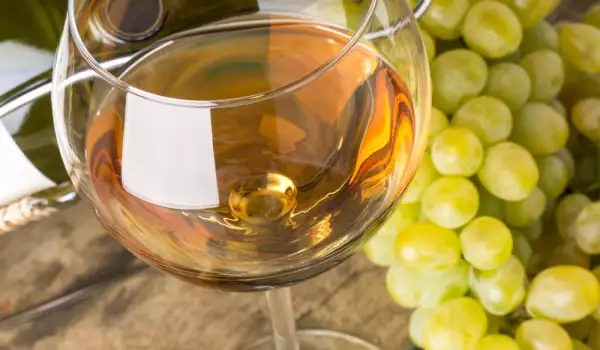
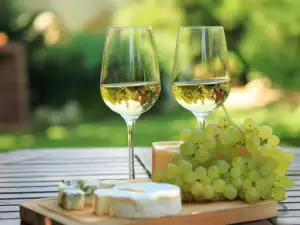
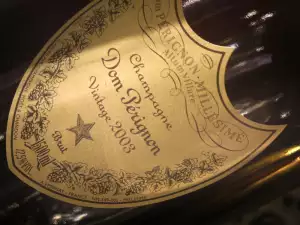



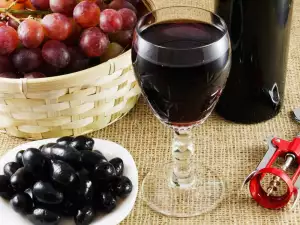







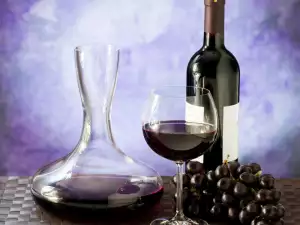

Comments